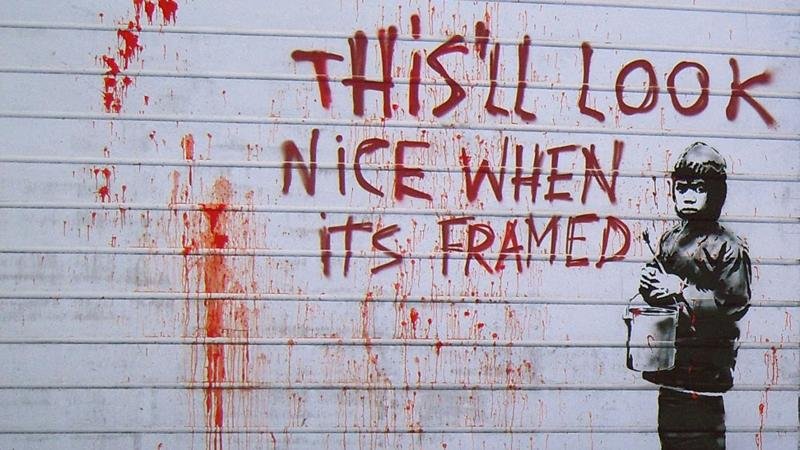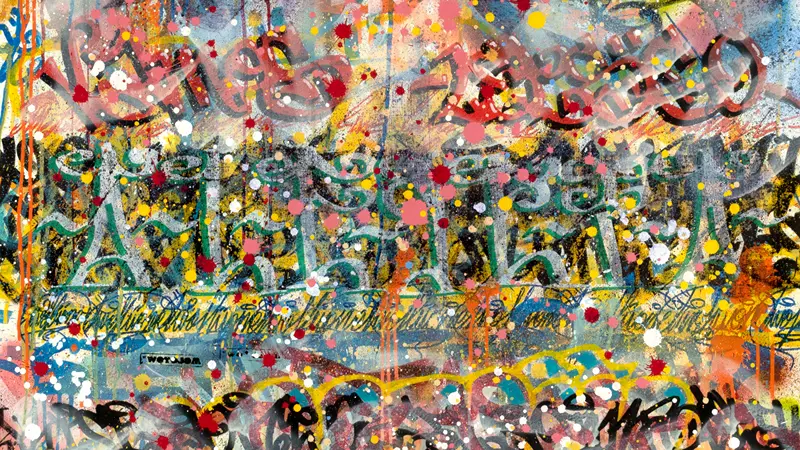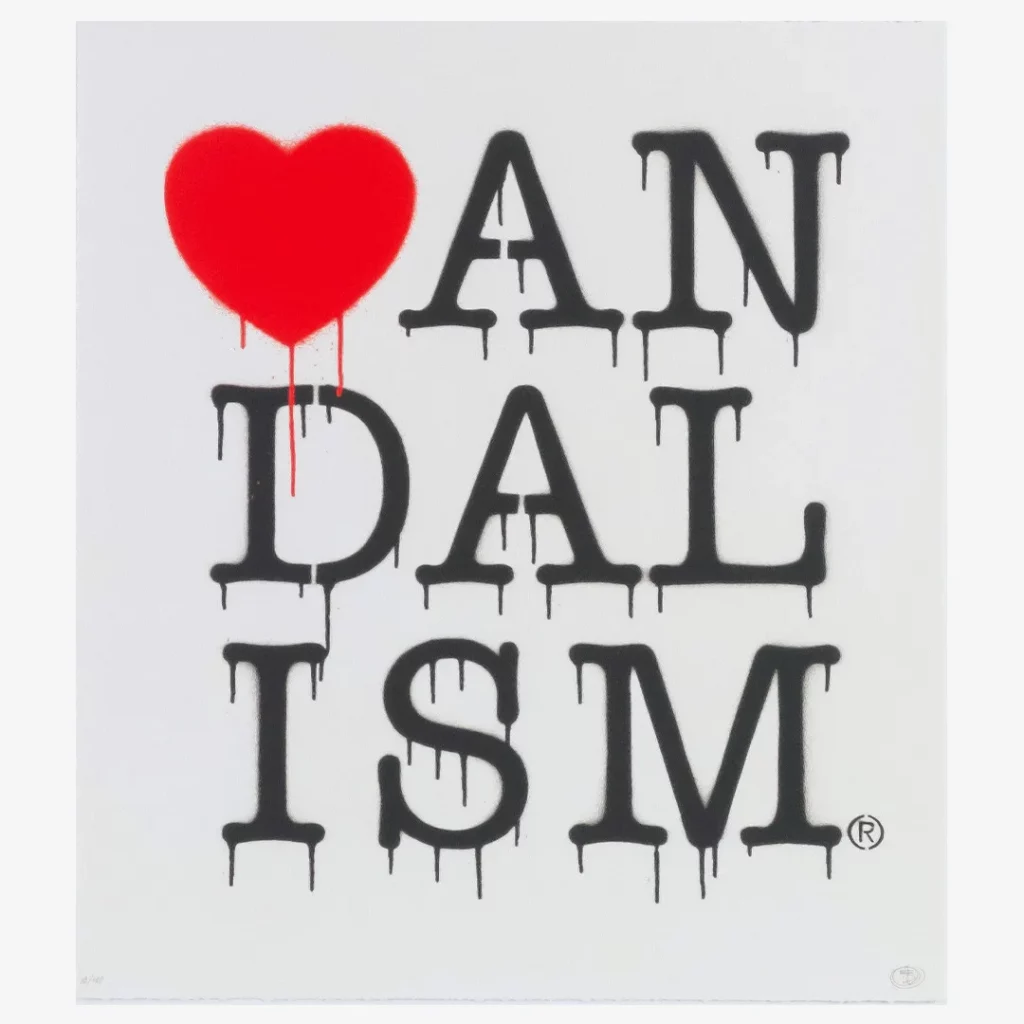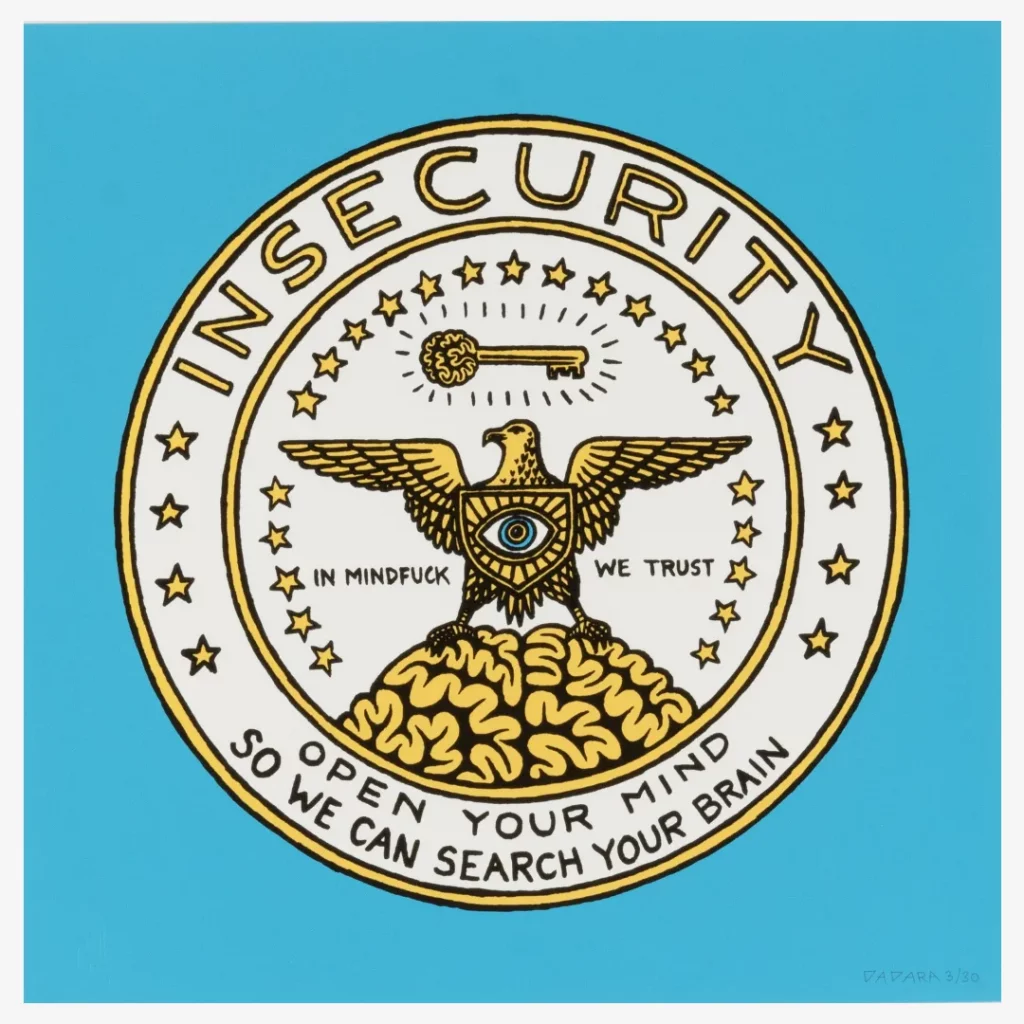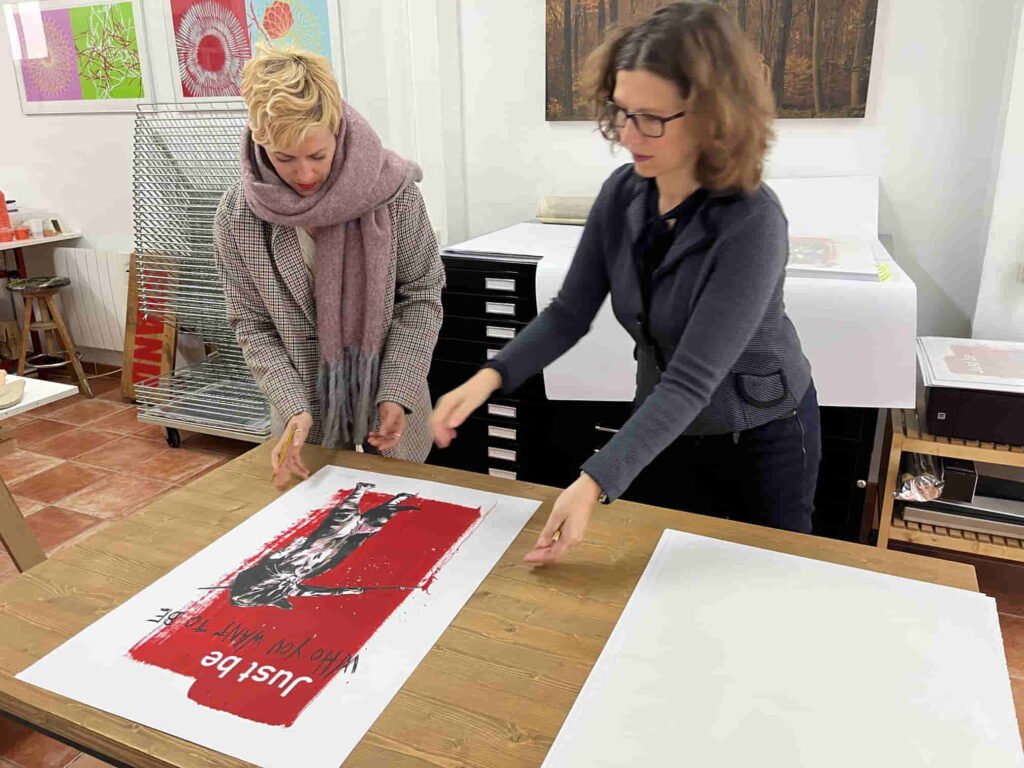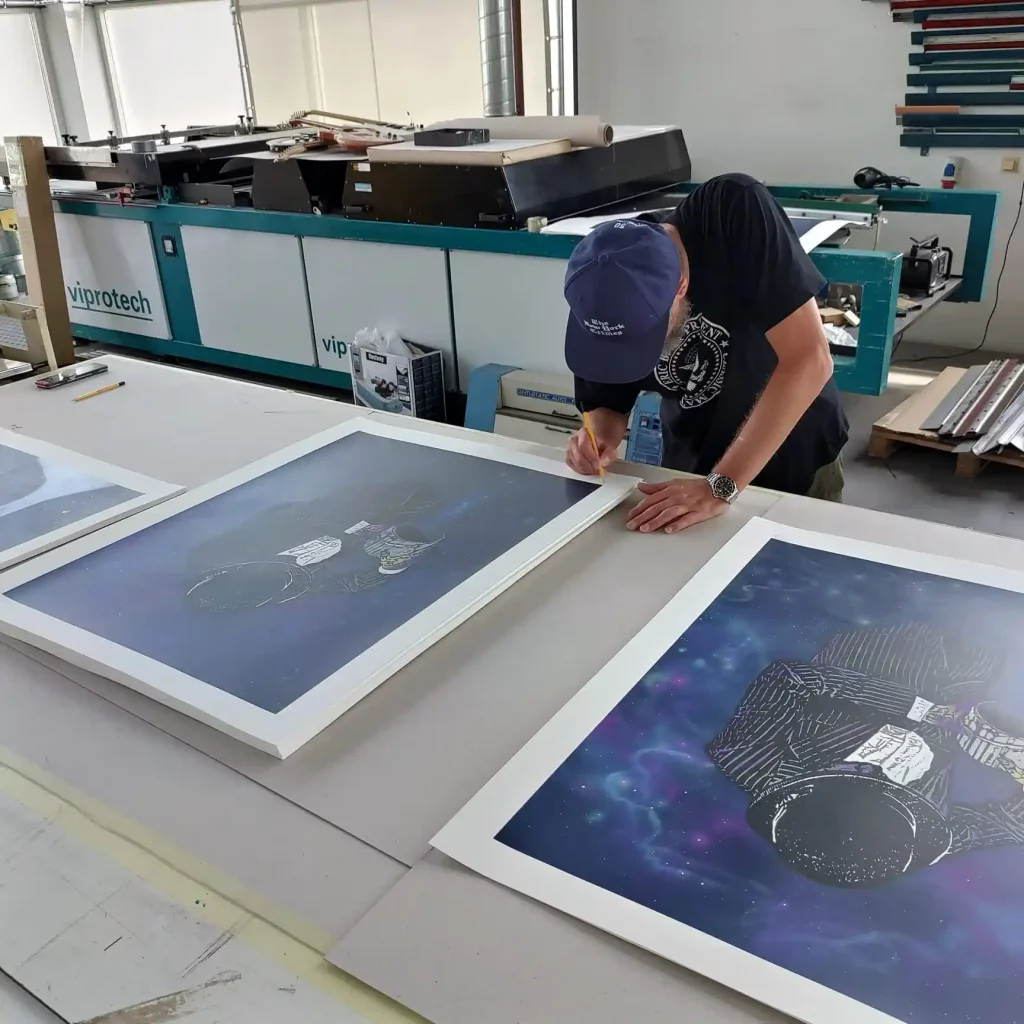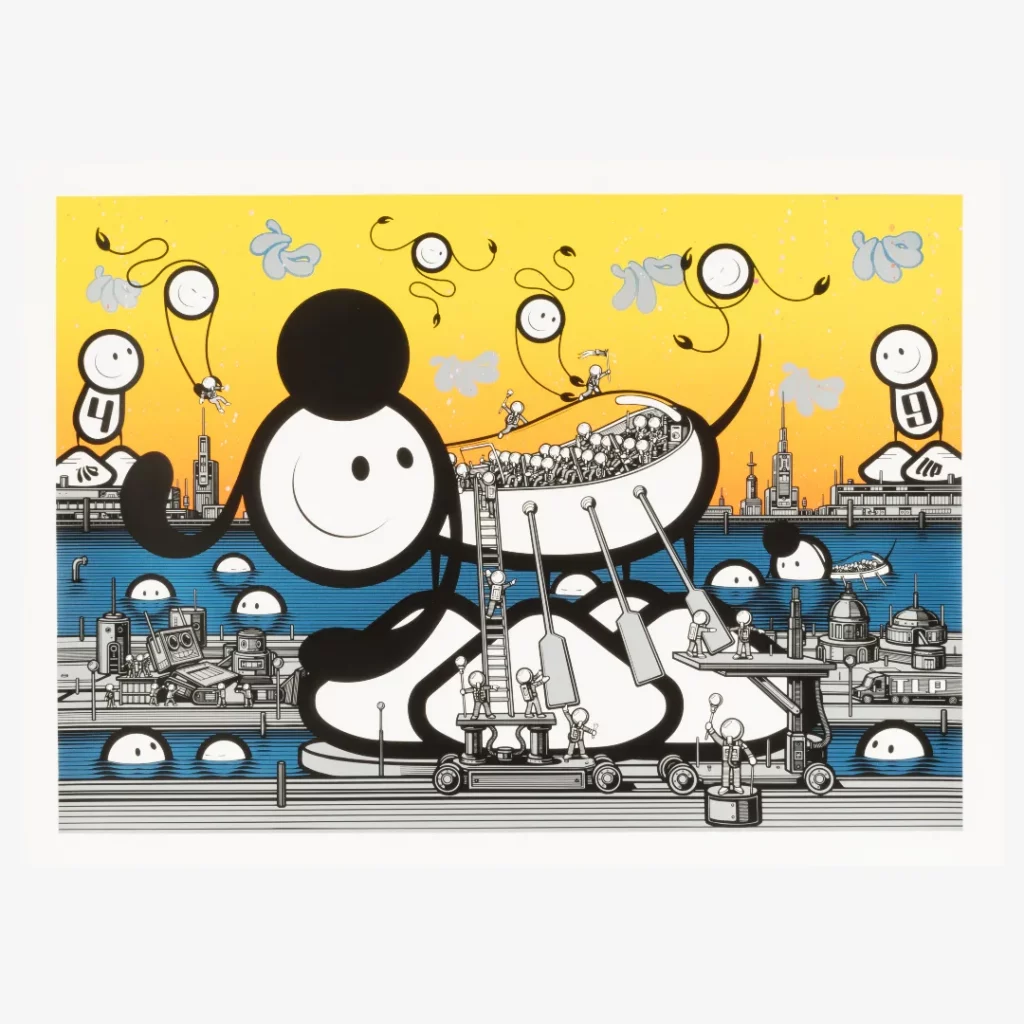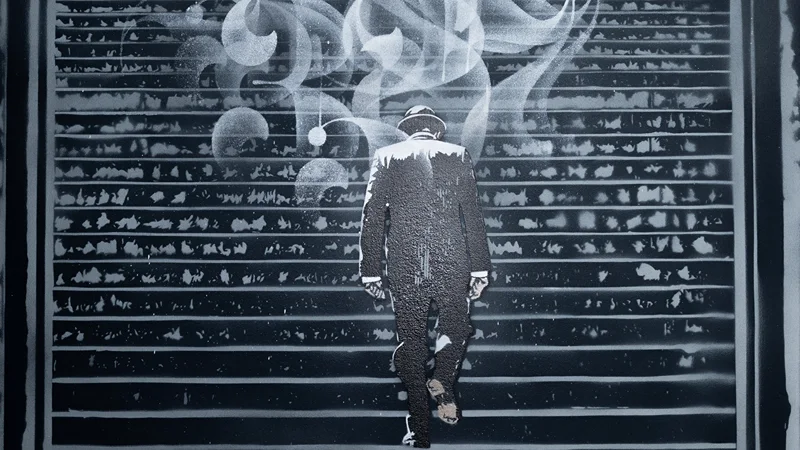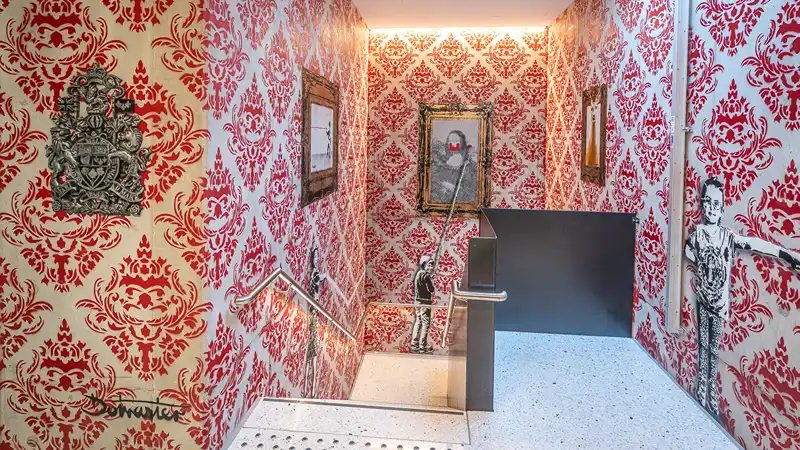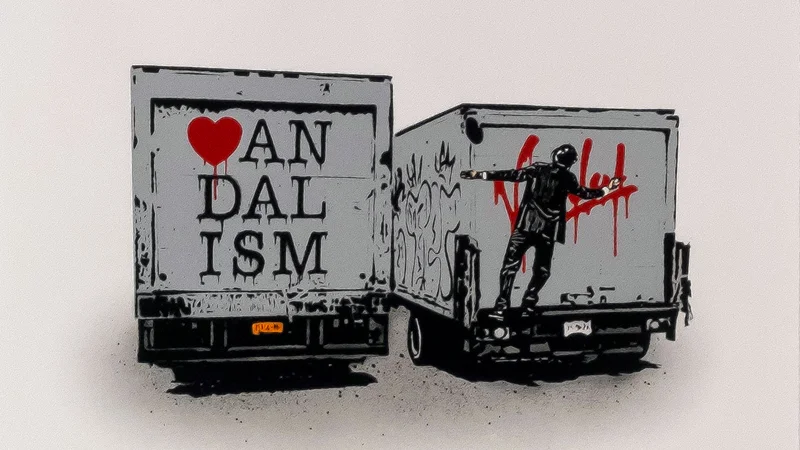
What You Need to Know When Buying Limited Edition Art Prints
Ok art lovers and collectors, let’s cover the basics. Here’s all you need to know about buying limited-edition art prints we all love. First of all, let’s start by defining what limited edition prints are, and why should they be your next art purchase.
Limited edition prints are original artworks that an artist develops in a specific print medium. This type of art print is a limited reproduction to a specified number. Each print is signed and numbered by the artist. Limited editions are created in small quantities and their scarcity increases their value. On the other hand, open-edition prints are a selection of artworks that can be repeatedly reproduced.
Smaller Limited Editions Are More Valuable
When limited edition art print sizes are small, the individual artworks in the series become rare. In fact, this scarcity makes these pieces more desirable in the market. For example, a limited edition art print by Dadara from a series of 30 will be more valuable than a similar work from an edition of 100.
The Size of The Limited Edition Never Changes
With limited edition art prints, artists usually restrict the total amount of pieces produced in the edition, so that each individual work will retain its value over time. Perfect, right? Printing shops and artists often destroy the materials that they use to create these works. All that is done just to make sure that it is impossible to add to the edition later on. Which only means you’re safe and sound with your copy.
Every Print in the Edition Is Identical
Each and every print in a limited edition series should be exactly the same. Period. If one copy is significantly different from the rest, then it should not be included in the standard edition. To distinguish between individual prints in an edition, artists will label each piece with a distinct number—and you will often find this number published alongside the total edition size (e.g. 1/30 or 30/30).
Artist’s Proofs Add to the Edition Size
Basically, artist-proof print is a version used as a test print by the artist and kept for their personal collection. However, due to their desirability, most limited editions will also include a small number of artist’s proofs, which are often listed as “AP” in the edition information. So, these APs are highly desirable if they are in some way unique, such as those that feature notes from the artist. AP versions are usually a bit expensive compared to regular art prints.
Photos: The Art of Nick Walker


